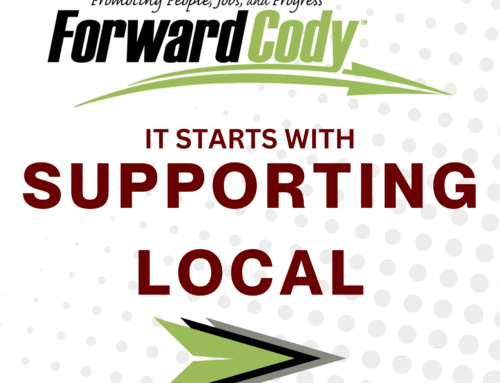In January, members of the community completed the second step of the Community Review process. This process called Strategic Doing walked the participants through a process of identifying what could, should and would be done on key themes throughout the community. It was many people’s first blush out this process and rendered some confusion about the outcomes.
In many people’s opinion, the process sometimes interferes with the ability to simply get things done. But good community development must utilize process to ensure a wider participation. Otherwise, a few people make decisions for the many.
Community Development in its purest sense is an ever-evolving process, evaluating want versus needs and needs versus ability. In many ways, it could be analogized to a building a puzzle. As a community grows, it’s constantly changing perceptions about the importance of particular attributes. Communities gauge their vibrancy and livability based on these overarching themes. At one time, it might have meant that you had a Woolworths or a Sears catalog store. In more contemporary times, is it Walmart or a particular branded cell store? I think you can see that things change.
But as we consider this puzzle, we must recognize that puzzle piece may have been placed in the right spot at the right time, things do change and at some point, that piece longer fits. In those cases, we are forced to remove that piece and replace it with one that fits today. Think about Blockbuster video. This once prominent business spoke to the trendiness of the community. But that trend passed-and the plethora of video rental stores transitioned to a red box, and ultimately a broadband connection to your home. Those children who laughed at the older generation’s 8-track tapes and cassettes, will receive the same treatment for their CD’s and MP3 players.
How often do you find yourself thinking, “What if we had …?” or “Wouldn’t it be nice if …?”. I would imagine do this as we visit other places, see other amenities or community features and reflect on how they would look or feel in our community. The Community Review process was designed to elicit this type of thinking. In November, over 300 people participated to identify our strengths and weaknesses, followed by the simple question “What would you like to see in Cody in the coming 5, 10 or 20 years?” Believe me, that list was expansive. And it was as important as it was big.
I say this because everything – and I mean everything, starts with the conscious articulation of an idea. While often, that articulation draws skepticism or disbelief, or maybe even a few chuckles, it is the point at which all good things emerge. This happens simply because once the idea is stated, – put to paper and made public, it gives people the opportunity to consider it. And as things change, as we know they do, that idea can gain traction. It starts with an idea.
The Strategic Doing process enables communities two grab near-term ideas, rally the skills and talents of players, and set forth a tangible plan to accomplish it. In many ways, this action is driven by Intentionality. Now, there is a word you don’t hear often … but should. Most processes talk a lot about goals and objectives. But in most instances, what drives community progress is a deep-seated intention to get something done. Things happen when community advocates feel so strongly about an idea that they act as if it’s a reality. They move forward with plans and the implementation with no thought other than to succeed. Cody is full of amazing projects that happened through intention. Look at the Rec Center or the many great projects of the Museum or Hospital. None would have happened without great intention by those advocates. And that is driven by the belief in a positive future for community
In recent months, many of you have commented on the tone of articles by Forward Cody in Cody Living magazine. These articles spoke about the power of people and place. They have highlighted the amazing quality of life that we all enjoy. And they did so for a reason. We’ve had a tough year economically in Cody. With the loss of Cody Laboratories and now Certainteed, we have all lost something, be it a job or a customer, a neighbor, or a friend. These losses are a significant kick in the gut to our well-being as a community. And at times like this, it’s really easy to focus on the negative. I would offer to you that these are simply puzzle pieces that need changed, and that is hard to do when you are focused on the gloom and misery of the moment.
Some forty some years later, I still hear people say, “If we could just get Husky Oil back!”. While a novel thought, I think most recognize the impossibility of that wish. And so, while big changes like Husky or Marathon have a big impact on the community puzzle, you might look around observe that we’re still here. The puzzle piece has changed, the picture is different, and we probably know that it will change again. The key messages that we will have to scramble, adjust and adapt, but we will rise above it.
The confusion over the Strategic Doing process wasn’t a big surprise. It’s hard to enter a process like that without some expectation of a tangible deliverable. What I can assure you is that the deliverable is the incubation of ideas which will make our community better. Did we arrive at a definitive plan of how and when? Absolutely not. Nor was it the design. It will take the intention of the community to identify those pieces that are most critical and take steps to bring these to fruition.
The emphasis is on Community – not just the leaders. While our leadership is important in the process, there is nothing more important than active participation our citizenry. Margaret Mead said it best when she said, “Never doubt that a group of thoughtful, dedicated citizens can change the world, for it’s the only thing that ever has:”
It all starts here.




